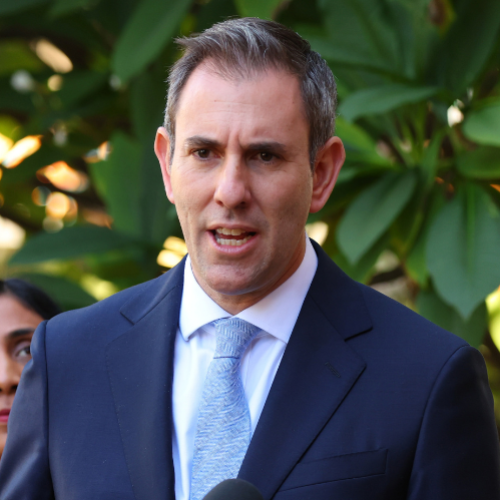Power bills will surge by nearly 25 per cent for thousands of Australian households under a new ceiling electricity price set by the energy regulator.
The default market offer, determined by the Australian Energy Regulator, fixes the maximum price retailers can charge customers in NSW, South Australia and southeast Queensland.
From July 1, residential customers will see price increases of 19.6 to 24.9 per cent, depending on their region.
Small business customers are facing lifts of 14.7 per cent to 28.9 per cent.
Around nine per cent of customers are charged the default market rate, which effectively acts as a safety net to ensure domestic users are not charged obscene amounts.
Most customers are on lower, discounted rates, but the default offer also serves as a benchmark for wider prices.
The regulator said high wholesale energy costs continued to drive up retail electricity prices.
Australian Energy Regulator chair Clare Savage said the agency considered the cost-of-living pressures faced by households and businesses as well as the need for retailers to recover their costs.
“We know households and small businesses continue to face cost-of-living pressures on many fronts, and that’s why it’s important the (default offer) provides a safety net for those who might not have shopped around for a better power deal,” she said.
“No one wants to see rising prices and we recognise this is a difficult time, that’s why it’s important for consumers to shop around for a better deal.”
The budget estimated retail electricity prices would increase by 10 per cent in 2023/24.
Ms Savage told ABC radio energy prices would have surged 35 to 50 per cent if the government had not intervened in the market.
She added some households would be eligible for energy rebates co-funded by state and federal governments, although she was unable to advise how many on the default offer were in line for rebates.
Employment Minister Tony Burke said prices were lower than they would have been if the government had not intervened.
“All of those issues were issues that were controversial, that (opposition leader) Peter Dutton and the others voted against,” he said.
“But, you know, you can’t do everything to control international prices and international impacts, but where you can act to put constraints on prices, the government is.”
NSW customers on the default offer can expect to see prices lift by $440 to $594 annually, depending on their region, while relevant households in southeast Queensland could end up paying an extra $402.
In South Australia, residential customers can expect prices to lift by around $512.
The price changes will come into effect on July 1.
© AAP 2023











